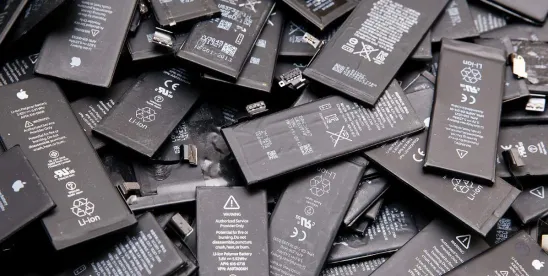In May 2024, the Ministry of Transportation released some amendments to the JT/T 617-2018 standards, titled Rules for Road Transport of Dangerous Goods[1], which entered into force immediately upon publication. These amendments aim to align with the ADR 2023 - Agreement Concerning the International Carriage of Dangerous Goods by Road.
By way of background, the carriage of dangerous goods by road in China is strictly regulated by the Management Measures for the Safety of Road Transport of Dangerous Goods (“Measures”).[2] The Measures refer to JT/T 617 as the key standard for various aspects of handling dangerous goods, including classification, transport packaging, consignment, conditions of carriage, loading, unloading of dangerous goods, etc. Specifically, the JT/T 617-2018[3] was developed by referencing international regulations such as the United Nations Recommendations on the Transport of Dangerous Goods, the European Agreement Concerning the International Carriage of Dangerous Goods by Road (ADR), etc., while also considering the specific conditions and needs of China. It encompasses the following seven standards:
- JT/T 617.1 - Rules for Road Transport of Dangerous Goods - Part 1: General Provisions
- JT/T 617.2 - Rules for Road Transport of Dangerous Goods - Part 2: Classification
- JT/T 617.3 - Rules for Road Transport of Dangerous Goods - Part 3: Index of Dangerous Goods Name and Transportation Requirements
- JT/T 617.4 - Rules for Road Transport of Dangerous Goods - Part 4: Provisions for the Use of Transport Packaging
- JT/T 617.5 - Rules for Road Transport of Dangerous Goods - Part 5: Consignment
- JT/T 617.6 - Rules for Road Transport of Dangerous Goods - Part 6: Provisions Concerning the Conditions of Carriage, Loading, Unloading and Handling
- JT/T 617.7 - Rules for Road Transport of Dangerous Goods - Part 7: Transport Conditions and Operational Requirements
Specifically, the amendments incorporate changes concerning lithium batteries in standard JT/T 617.2, under which the definition of code “M4” is revised from “lithium batteries” to “lithium batteries or sodium ion batteries,” with the following new entries included:
- UN 3551 sodium ion batteries with organic electrolyte
- UN 3552 sodium ion batteries contained in equipment or sodium ion batteries packed with equipment, with organic electrolyte
The JT/T 617.5 also sets forth detailed requirements concerning the lithium battery mark. With regard to packaging requirements for transportation, the amended JT/T 617.4 newly introduces requirements for multiple-element gas containers (MEGCs). Additionally, the revised JT/T 617.6 establishes a new code, i.e., BK 3 flexible bulk containers, and details corresponding use requirements and operating procedures, as well as the conditions for loading and unloading that must be followed to ensure safety and compliance.
[1] https://xxgk.mot.gov.cn/2020/jigou/kjs/202405/t20240507_4138473.html
[2] https://www.mee.gov.cn/xxgk2018/xxgk/xxgk10/202107/t20210716_847460.html
[3] https://xxgk.mot.gov.cn/2020/jigou/kjs/202006/t20200623_3317154.html








 />i
/>i
